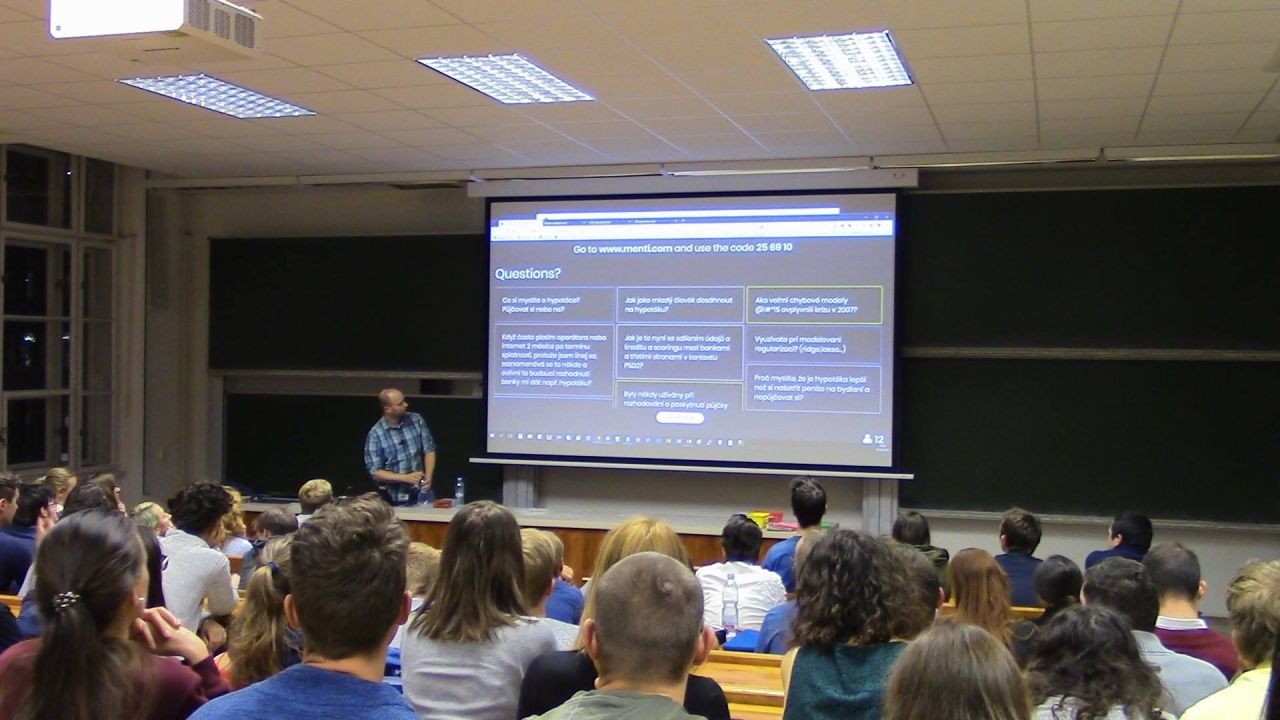Establishment of the Department of Mathematics
The Department of Mathematics was set up in 1953 at the same time as the University of Engineering in Liberec (since 1960 the University of Mechanical and Textile Engineering) and was later divided into several parts, one of which is the Department of Mathematics and Mathematical Education (KMD).
The professional activities of the department’s staff members are mainly focused on numerical mathematics and teaching mathematics. An important area of research at the department is the construction of wavelet bases and selected applications of wavelets. The constructed wavelets are based on B-splines or cubic Hermite splines. The academic staff at the department (V. Finěk and D. Černá) specialize in wavelets with a short carrier which are well conditioned and/or have some special properties useful for the effective numerical solution of differential, integral and integro-differential equations.
Another important focus of the department’s scientific activity is the analysis and application of the discontinuous Galerkin method (J. Hozman), or developing and applying numerical schemes based on this method for a number of problems in various fields.
In the field of numerical and applied linear algebra, M. Plešinger and J. Žáková analyze the stability of numerical algorithms, the propagation of round-off errors, and also search for answers to basic theoretical questions. Departmental members J. Mlýnek and R. Knobloch have been developing long-term cooperation with the Institute for Nanomaterials, Advanced Technologies and Innovations (CXI) and the university’s Faculty of Mechatronics. Above all, this applies to the optimization of methods for heating metal moulds when manufacturing plastic components for the car industry (slush moulding technology). In addition, these staff members are involved in developing technology for manufacturing polymer composite frames when using a fibre winding head and an industrial robot.
Another important area of the department’s professional activities (D. Bímová, P. Pirklová) is developing and using existing geometric software tools (e.g., the graphical tool GeoGebra).
Last, but not least, the didactics of mathematics takes up an important place in the department members’ professional activities. J. Příhonská and J. Břehovský focus their professional activities on the possibilities of using information technologies in mathematical didactics; at the same time, J. Příhonská is the editor-in-chief of the nationally published journal Mathematics Teacher.
